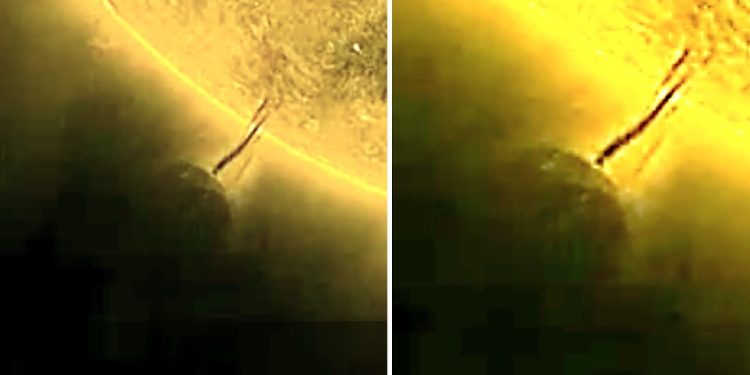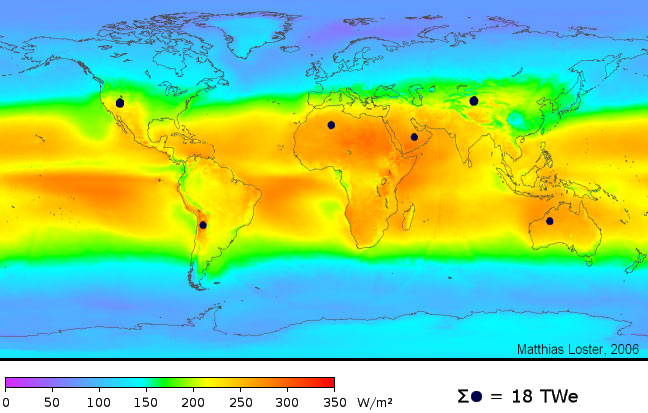Today, we take a look at this object that was seen close to the Sun. An unusual luminous sphere has been captured on video hovering near the sun.

Groups that investigate unidentified objects have alleged that this is additional evidence indicating the existence of advanced beings.
Oddly enough, those who saw the image said that this same object was seen a few years back, and noted that it appeared to be draining the Sun of its energy.
Although NASA and scientists said this wasn’t the case, and that what we were most likely looking at was something natural, that didn’t stop believers pointing out strange facts surrounding the two events.
NOTE:
Solar Energy Potential and Utilization
In addition to being free as a source of energy (it does cost money to harness it and turn it into electricity), energy from the sun is practically limitless. The surface of the Earth receives solar energy at an average of 343 W/m2. If we multiply this times the surface area of the Earth, about 5×1014 m2, we get 1715×1014 W. But, 30% of this is reflected, and only 30% of the Earth is above sea level, so the usable solar energy we receive on the land surface is about 360×1014 W. We need to reduce this further because not all of the land surface is suited to installation of solar PV panels — we don’t want to cut down forests, and ice-covered areas are not suitable, so we reduce the area by about one half.
Over the course of a year, this amount of solar energy adds up to 66×1022 Joules. In 2018, we used about 600×1018 Joules of energy, which is just a shade less than 0.1% of the harvestable solar energy we receive on the land. This means that even if we got all of our energy from the Sun, we would not make a dent in the total! The potential is vast — 10,000 times what we need!
Let’s consider what it would mean for us to get all of our energy from Solar PV — how much of the Earth’s surface would we need to cover with panels? The black dots (radii of 100 km) in the figure below represent areas that could generate enough energy from sunlight to completely power the planet for an entire year. Practically, there are barriers to running the planet entirely on sunlight (everything would need to be electrified, we would need very large quantities of battery energy storage, and so forth), but the dots are useful as a demonstration of just how vast the energy production potential from solar is.

Optional: If you are interested in a more detailed view of solar energy resources in your area, a company called Vaisala 3Tier(link is external) produces maps that you can download for your own personal (non-commercial) use.
One of the important differences between Solar PV and CSP is that CSP requires more intense sunlight, and as such, it is not a viable option in many places. In contrast, Solar PV works just about everywhere — it is more versatile. Another important difference is in scale — CSP is really suited to utility-scale power plants, whereas Solar PV works at both the utility-scale and the very small scale.





